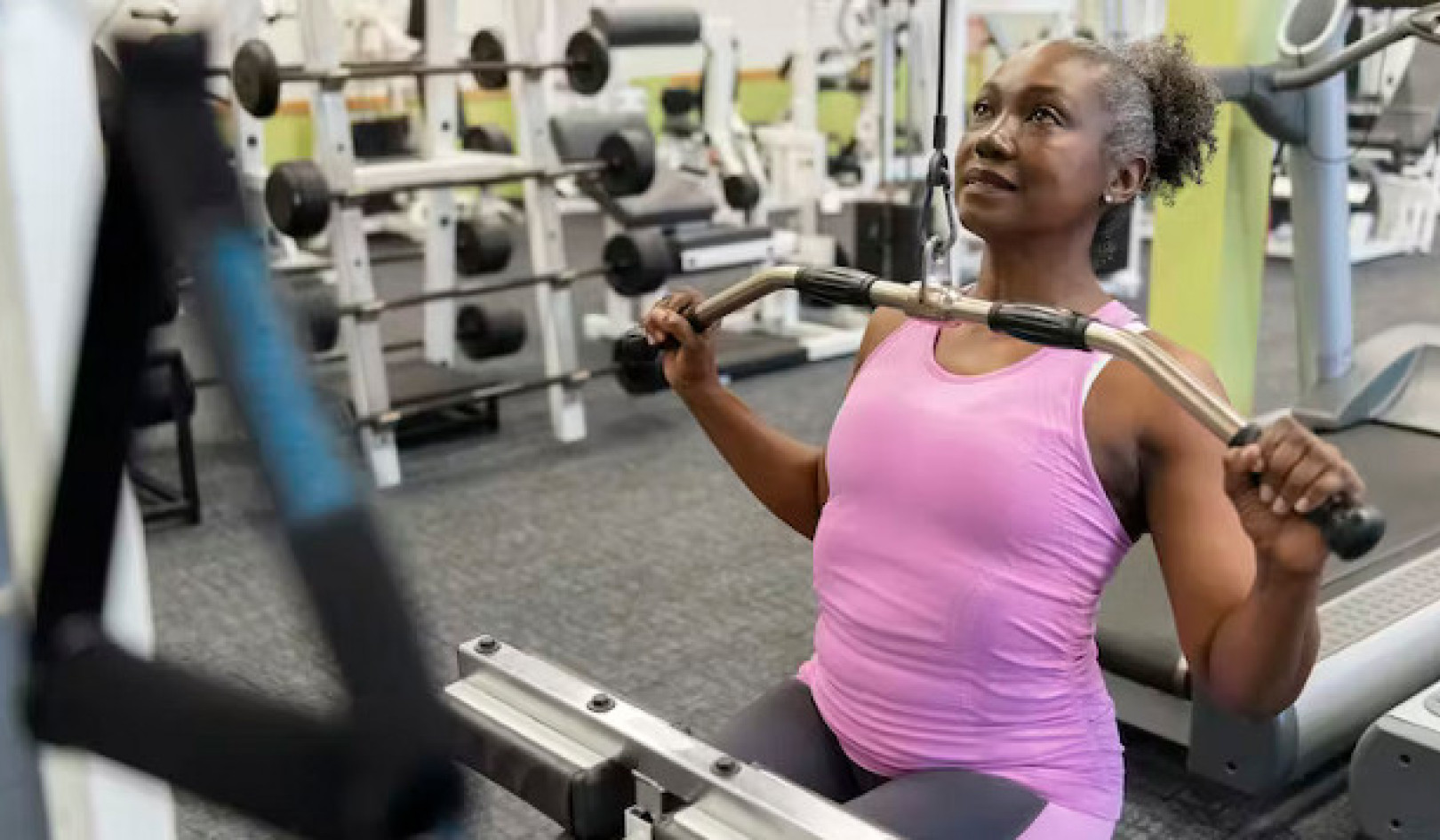
Postmenopausal women at the highest genetic risk for fractures benefit the most from hormone therapy, research shows.
The study included nearly 10,000 participants from the Women’s Health Initiative (WHI), a national, long-term study of more than 150,000 women.
“We found that women who are genetically at the highest fracture risk can enjoy the greatest protection from fracture when they use hormone therapy,” says Heather Ochs-Balcom, associate professor of epidemiology and environmental health at the University at Buffalo School of Public Health and Health Professions.
“This study provides a better understanding of who can benefit the most in terms of bone health from hormone therapy use.” The results also have implications for personalized medicine, she says. “It’s important information as women and their doctors make decisions about hormone therapy use.”
Published in the Journal of Clinical Endocrinology and Metabolism, the study is believed to be the first to investigate gene-hormone therapy interaction on fracture in postmenopausal white women and uses the largest set of known genes linked to fracture risk from a meta-analysis of genome-wide association studies.
Researchers looked at a subset of 9,922 women from among the more than 27,000 who had participated in WHI hormone therapy clinical trials. They wondered whether women who are more genetically susceptible to fractures could benefit from hormone therapy.
“This is important because, as previous WHI studies have identified, there are risks and benefits with hormone therapy,” Ochs-Balcom says. “This is where precision or personalized medicine comes in—the attempt to get the right drugs to the right person to ensure the most benefit and least harm.”
As women age, their bone mineral density (BMD) decreases, leaving them at greater risk of breaking bones from falling, which also increases as they age. But some women also are more genetically prone to fractures.
“Our study represents a first look at how inherited predisposition to fracture is related to hormone therapy use,” says Ochs-Balcom, who also holds a faculty appointment in the genetics, genomics, and bioinformatics program at the Jacobs School of Medicine and Biomedical Sciences.
“Further studies on gene-therapy interaction are warranted to evaluate the advantages of targeted interventions based on genetic profile,” says first author Youjin Wang, who conducted the research as a doctoral candidate in epidemiology and environmental health.
The research team is currently analyzing other gene-environment interactions and recently published another paper on the association of calcium plus vitamin D supplementation and genetic risk of fracture.
Other coauthors are from the University at Buffalo, Ohio State University, the University of California, Davis, and the University of California, Los Angeles.
Source: University at Buffalo
Related Books
at InnerSelf Market and Amazon


























